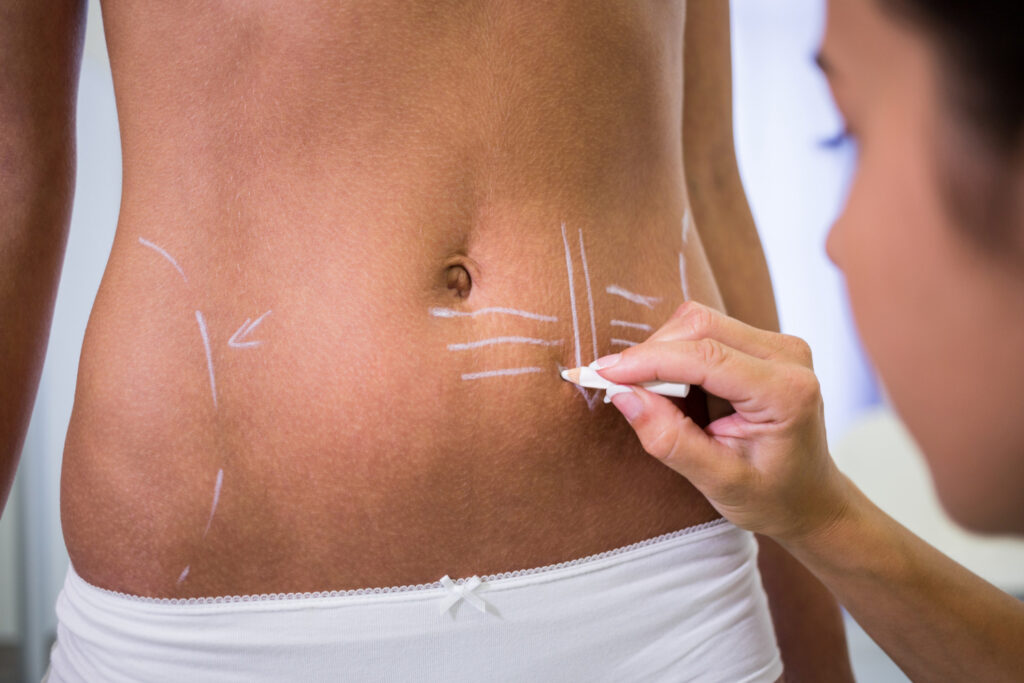- July 8, 2022
- By: Feyeze Amaka
- No Comments
Liposuction: How long do the results last?
Many people who have undergone liposuction will suppose that whatever fat has been removed is gone permanently. In some ways, this is a fair deduction given that you are born with only a limited number of fat cells. What some people don’t acknowledge, however, is that fat sometimes changes. It is redistributed, especially if you don’t improve your eating or exercise patterns.
So, while you may enjoy the results of your liposuction procedure, it would be a mistake to consider it a replacement for exercise. By taking care of your health, you can better ensure that your liposuction results last a lifetime.
Some facts about fat and the body
The human body has only a specific quantity of fat cells. They grow larger or smaller as we gain or lose weight. The number and distribution of our fat cells are set before we even reach maturity. This is why we may have some stubborn areas where fat won’t seem to budge, even though we are losing weight in other areas. This is where liposuction comes in.
When fat deposits are removed through liposuction, those fat cells are gone forever. The body’s contour is improved and the areas in question are now more in balance with the rest of the body.
However, there will always be some remaining fat cells in the liposuctioned areas. Consequently, if there is ensuing weight gain, the remaining fat cells will grow larger.
In short, while it can improve your body proportions, liposuction is not an effective method of weight loss. It surely does not grant an all-you-can-eat lifestyle. If anything, gaining weight may be more worrisome given that it makes certain body parts look larger than ever.
How to make lipo results last
Many people wonder what they can do to keep their new figure in shape longer. The answer is simple: exercise.
According to a 2012 study in the Journal of Clinical Endocrinology and Metabolism, normal-weight women who had 2.5lbs to 3lbs of abdominal fat removed by liposuction and who exercised after surgery enjoyed their new shape six months afterwards.
Of the 36 healthy but inactive women aged 20 to 35 that had the procedure, half had regained fat six months after liposuction. Most of the weight gain was not associated with subcutaneous fat (the fat situated beneath the surface of the skin). But visceral fat. The type that settles around the organs and increases the risk of diabetes and heart disease.
The women with weight gain added 10% more visceral fat than they had before liposuction.
The other women didn’t gain back the subcutaneous or visceral fat. Due to a structured, four-month training program consisting of aerobic and strength-training exercises delivered thrice weekly. Unsurprisingly, these women ended up losing visceral fat compared to their pre-operative values.
There is much to learn about liposuction. Until we know more, it’s important to talk with your surgeon about what you can honestly expect and what you shouldn’t expect from a liposuction procedure.

